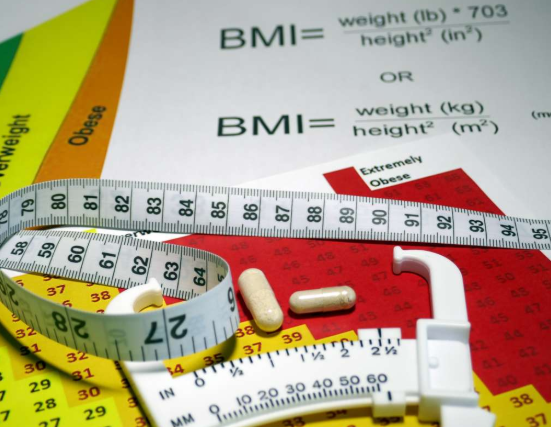

The BMI calculator uses Standard or Metric measures and is available in English or Spanish. The BMI Calculator is an easy-to-use online tool to help you estimate your adult patients' body fat. For more information about BMI percentile and growth charts for children, visit the CDC's Child and Teen BMI and NHLBI's We Can! web pages. A child or teen who is between the 85th and 95th percentile on the growth chart is considered overweight. A child or teen who is at the 95th percentile or above is considered obese. The growth charts use a child's BMI, age, and gender to produce a BMI percentile. It may underestimate body fat in older persons and others who have lost muscle.īMI for children and teens, 2 to 20 years old, is determined by using a BMI table that compares their weight and height along with growth charts.It may overestimate body fat in athletes and others who have a muscular build.The higher the BMI, the higher the risk for heart disease, high blood pressure, type 2 diabetes, gallstones, osteoarthritis, sleep apnea, and certain cancers (e.g., colon, breast, endometrial, and gallbladder).Īlthough BMI can be used for most men and women, it does have some limits: People who are obese (BMI of 30 or above) almost always have a large amount of body fat in relation to their height. People who are overweight (BMI of 25–29.9) have too much body weight for their height. This ratio of weight to height is known as the body mass index (BMI). For adults, a healthy weight is defined as the appropriate body weight in relation to height. These figures apply across the board irrespective of ages as well.
Source: National Institutes of Health. Don't see your weight? Learn more.BMI is an estimate of body fat and a good measure of your patients' risk for diseases that can occur with overweight and obesity. Anything above 30 is categorised as obese.
#Male bmi calculator with age plus#
These programs offer nutrition counseling and help with making lifestyle changes.ĭoctors at Rush offer bariatric surgery for some people who are morbidly obese (those with a BMI of at least 40, or a BMI of at least 35 plus an obesity-related disease such as diabetes or high blood pressure). You may also contact the Rush Nutrition and Wellness Center or the Rush University Prevention Center. You may also wish to contact the Rush Center for Weight Loss and Lifestyle Medicine, which offers individualized weight loss and wellness programs for people of all ages. If you are worried about your BMI or are trying to lose weight, talk to your primary care doctor. Note that these are approximate values, and they are intended to be used only as a rough guide. Having a BMI higher than 24.9 may mean you are overweight. Use the tool on this page to calculate your BMI. Although it is not a perfect measure, it gives a fairly accurate assessment of how much of your body is composed of fat.

A good indicator of how much fat you carry is the body mass index (BMI). The amount of fat is the critical measurement. Determining your body mass index What is body mass index?ĭetermining how much you should weigh is not a simple matter of looking at a height-weight chart, but includes considering the amount of bone, muscle and fat in your body's composition.


 0 kommentar(er)
0 kommentar(er)
